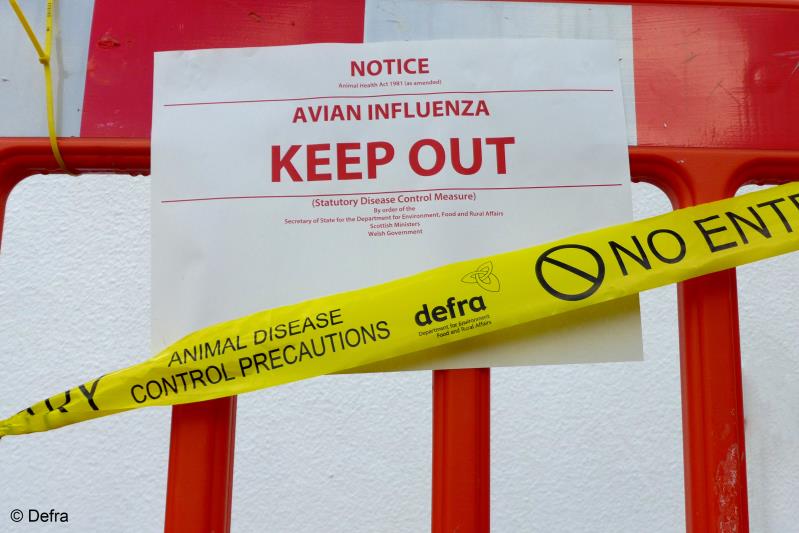The NFU’s chief poultry adviser, Gary Ford, said: “This very detailed and thorough report reinforces the need for the poultry sector to be operating to very high standards of biosecurity all of the time.
“The risk has not gone away. In fact it is likely to increase as we head into August and September and the start of the autumn migratory season. The prompt actions of Defra and the APHA, and the prompt reporting of suspicion of AI by poultry keepers, have meant that the disease has not spread beyond the initial infected premises.
“Defra and the APHA deserve credit for this and for lifting movement restrictions at the earliest opportunity."
Key findings...
- All the outbreaks, apart from those at the game bird premises in Lancashire, are considered to have arisen as independent events, resulting from direct or indirect primary incursions from wild birds. The infected premises (IPs) in Lancashire are considered to have originated as the result of a direct or indirect primary incursion of HPAI H5N8 from wild birds, with subsequent spread between related premises, taking place as a result of business activities.
- Extensive epidemiological investigations did not detect the presence of infection in any further premises investigated in connection with the IPs, either by known contacts (source and spread tracings), or as a result of proximity (protection and surveillance zones).
- Although the epidemiological investigation concludes that the most likely route of introduction of virus onto the majority of the IPs was direct or indirect contact with wild birds, an incursion such as these, onto an individual premises, remains a low likelihood event and is largely influenced by the effectiveness of biosecurity measures that have been implemented.
- This is an unprecedented level of highly pathogenic avian influenza, even more so than the epizootic of H5N1 HPAI in 2005-6.
